This is what Photoshop could look like in five years' time, say Adobe's experts
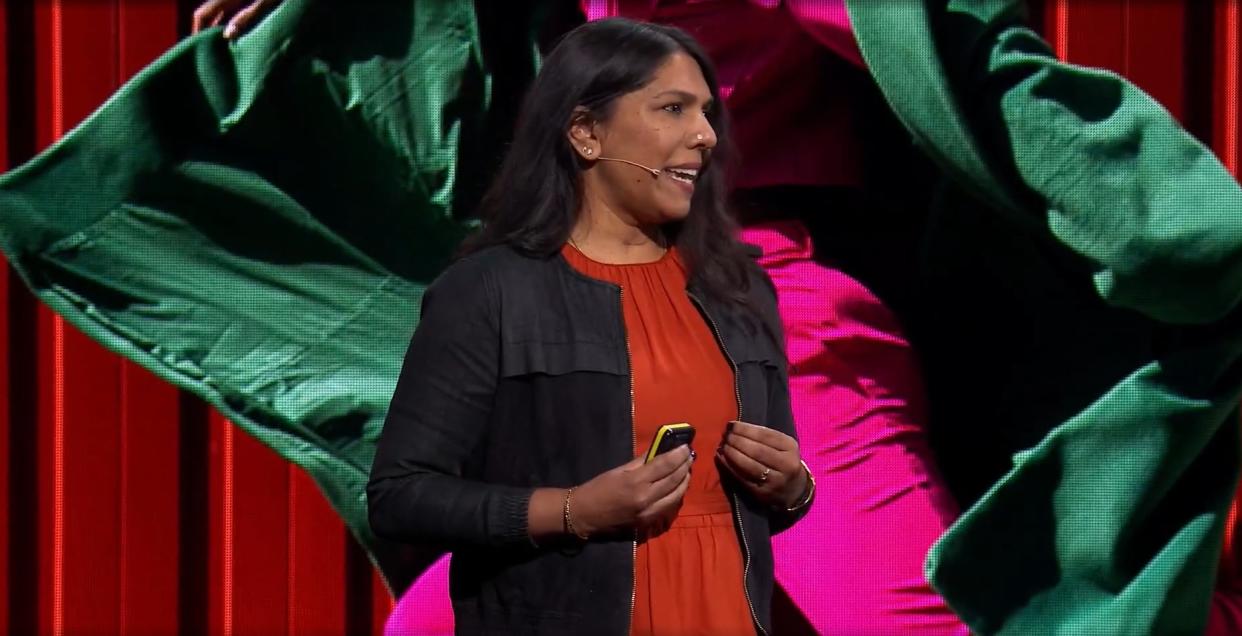
Adobe Max London, held earlier this week, is a regular fixture in the calendar of Adobe, the software giant behind Photoshop and the Creative Cloud ecosystem that envelops it. So it seems a good occasion to ask the question: where is Photoshop and the Creative Cloud heading? So I sat down with two Adobe executives, to find out their thoughts.
Obviously, no one is expecting Adobe to have a crystal ball. As the old Yiddish saying goes, "Man plans, God laughs". But at the same time, it's still interesting and useful to hear the official line from Adobe, particularly in this time of mounting disruption in the tech world. Especially because, right now, everyone at Adobe seems to be signing with the same voice.
If you didn't read our roundup of the announcements, then let me summarise it for you in a single word: AI. Generative AI didn't just take centre stage this year; it was all anyone was willing to talk about. (My questions on Figma, a design app they recently pulled out of buying, fell on deaf ears). All the new features for Photoshop this time around were harnessing this cutting-edge technology.
But this raises some big questions. Where is this headed? What could Photoshop look like in five years as AI continues its rapid advance? I sat down with Deepa Subramaniam, vice president of product marketing for Adobe's Creative Professional business, and Stacy Martinet, Adobe's vice president of marketing strategy and chief communications officer, to get their insights.
"Our mission is to empower creativity"
"Five years is a long time when you look at the pace of innovation we're seeing around generative AI," says Deepa. "What I can say, though, is that our mission is around empowering creativity. So as generative AI matures, we'll continue leveraging the best technology to further that goal."
"At the fundamental level, Adobe believes creativity is a uniquely human trait," she continues. "And our mission is to empower that creative expression in any everyone and anyone. Generative AI empowers creators: it doesn't replace them. It helps save time on tedious tasks so they can create more efficiently and bring to life what's in their mind's eye."
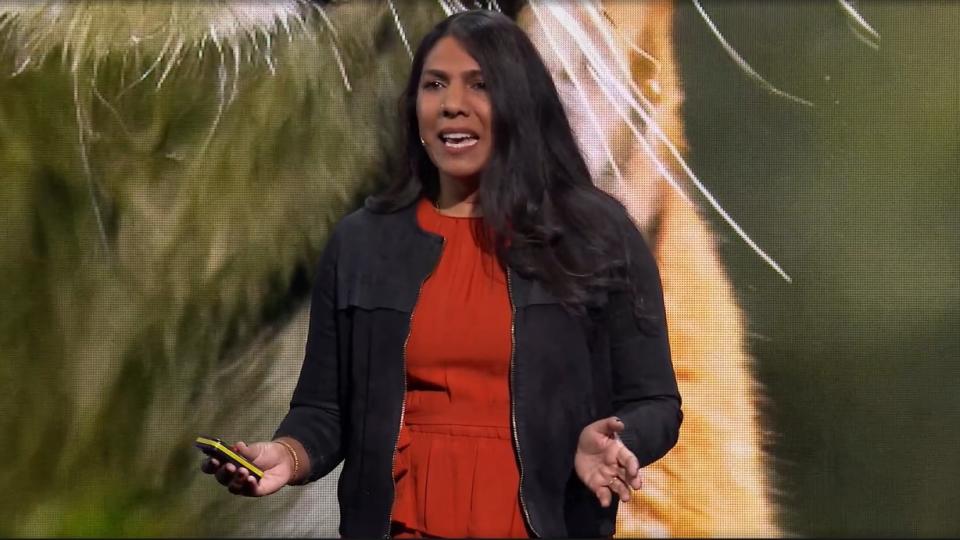
As you may have guessed already, "empowering creativity" is a phrase you hear a lot at Adobe Max events. In fact, it's become such a mantra, some attendees were talking about starting a drinking game, where you do a shot every time it's mentioned. But what exactly does it mean?
Well, essentially Adobe are saying: we're not trying to put photographers and other creatives out of work, we're just trying to help them do their work. And to be fair, they're putting meat on those bones too.
For example, the new generative AI features that landed in Photoshop this week include the ability to generate new backgrounds or object variants with a click, and a Reference Image tool that lets you provide a reference for how you want an AI-generated element to look.
Is that actually useful to photographers? Well according to data shared by Subramaniam, two of the three most popular features in Photoshop today are already AI-powered: the Generative Fill tool and the Contextual Taskbar that anticipates your next desired action. Adobe has even captured data that suggests that occasonially they're being used more than the Crop tool.
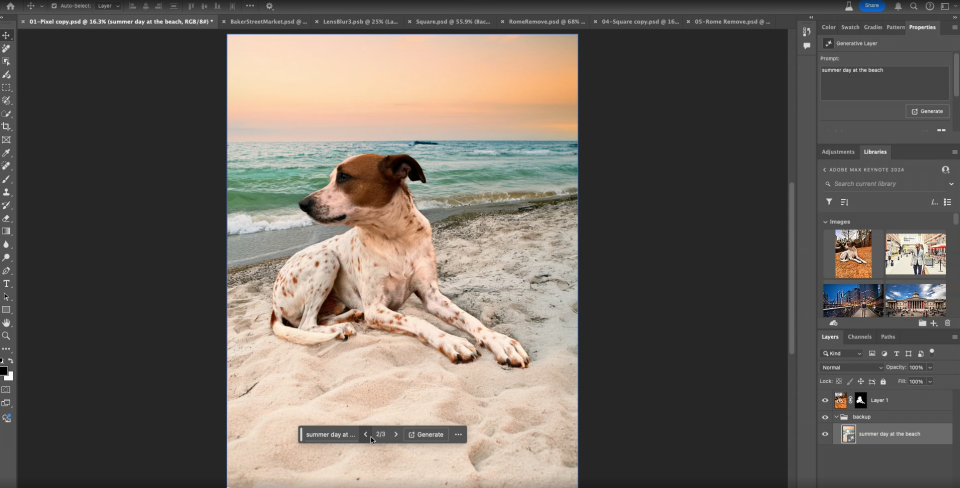
In other words, AI has rapidly become mainstream for Photoshop users looking to speed up their creative workflows. But how far can we go down that path before it actually replaces photographers? After all, another new feature in Photoshop announced at Adobe Max London was the ability to Generate Image: literally, conjure an entirely fresh photorealistic picture out of thin air.
"Ethical, responsible, accountable"
Adobe's excecs wouldn't be drawn on that issue one bit. Instead, they kept repeating the mantra that they're empowering creativity rather than replacing it. And you can hardly blame them really.
After all, what else are they going to say? "Yes, you'll probably lose your photography job eventually, but for now, please keep paying your Creative Cloud subscription?"
And to be reasonable, whether or not Adobe develops Gen AI is arguably irrelevant to that question, because every tech giant under the sun is pouring billions into it themselves. Which means that, ultimately, Adobe can position itself as the ethical alternative that has creatives' backs in the new AI world.
Because let's be fair. Adobe is taking a distinctly different approach to others when it comes to generative AI, in a number of ways.
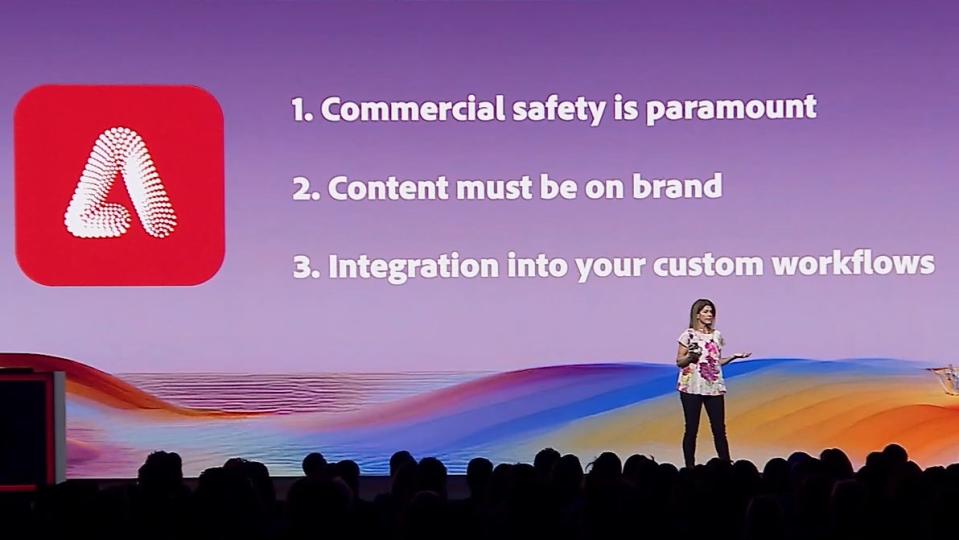
Firstly, a key principle is ensuring ethical and transparent AI development. "We're creating models with deep domain expertise in areas like imagery, video, and design," says Subramaniam. "And we're building these models in a commercially-safe way, only using data we have proper rights and licenses for like Adobe Stock. That's different from some other generative AI models out there."
In other words, if you've posted your photography online then, in theory at least, Adobe won't be analysing your work and learning to copy it.
In practice, there have been a few bumps in the road here that means the company isn't quite as saintly as all that. For example, some Adobe Stock is itself based on AI, so the content scraping is merely at one remove. Also, the updates to Premiere Pro mean you'll soon allow you to access non-Adobe AI tools within the interface, although this will be "sandboxed" in some way that protects the ethical integrity of Firefly. Whatever that means.
Again, though, what do we expect Adobe to do here? If it doesn't at least meet the demands of users halfway, there's the risk of them decamping to rivals altogether. And you can argue that at least Adobe is talking about being ethical in its use of content, whereas the makers of Midjourney et al seem conspicuously silent on the issue.
"Content credentials give people transparency"
When it comes to the second part of Adobe's ethical stance, it seems to be on more solid ground. That's because it's putting a lot of effort into giving people the tools to check whether photographs are real, manipulated or entirely faked.
To make this a reality, Adobe is a founding member of the Content Authenticity Initiative, a coalition of over 2,500 members from academia, media and technology companies like Google and Facebook. The initiative is working to bake digital provenance directly into content through watermarking and other metadata trails.
"We've been advocating for transparency around digital content since 2019," Subramaniam notes. "As generative AI proliferates, understanding where content comes from and whether it was computer-generated is crucial for maintaining trust. It's about furthering things like transparency and content generation and digital content creation. These things are fundamental to our approach and continue to be principles that we're very proud of."
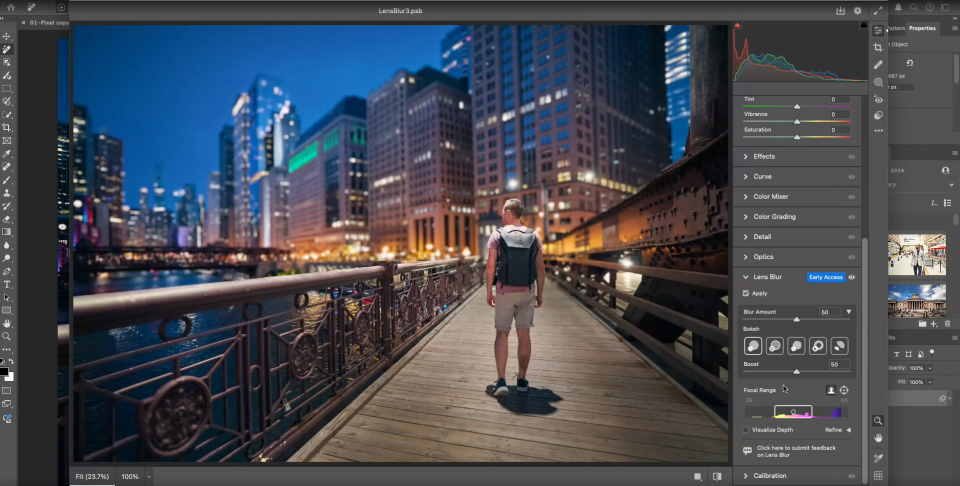
And Adobe are putting real tools in place to make this happen. For instance, they revealed at the show that content credential metadata will now be integrated into products like Premiere Pro. And their stated ambition to repeat this with all Adobe tools, without exception.
This tech is also integrated directly into its evolving generative AI models, automatically embedding credentials into any AI-generated imagery.
"Ultimately, consumers should have the ability to decide for themselves if AI-generated content is something they want to consume or not," says Subramaniam. "Content credentials give that transparency."
"The pace of innovation is incredible"
So where could this all be heading in five years' time? Martinet acknowledges there are still many unknowns as the generative AI space rapidly evolves.
"We're really at the start of this compelling next era," she says. "A year ago, most of what we're announcing this week didn't exist yet. The pace of innovation is incredible. Use cases and hypotheses we had six months ago are already being made obsolete by new advancements."
However, Martinet believes some key principles will continue guiding Adobe's approach, even as AI capabilities expand. Foremost in their minds is the focus on (ready to drink that next shot?) empowering creators rather than replacing them.
"The tools demoed on stage are saving creators time, not replacing their creativity," she says. "We'll stay focused on developing AI that enhances, not replaces, the creative process."
This could mean much more powerful AI assists that streamline common workflows. It could allow creators to brainstorm and iterate on ideas more rapidly by quickly visualizing different concepts. The potential seems vast, if developed responsibly. And Martinet makes a strong case that this will actually happen.
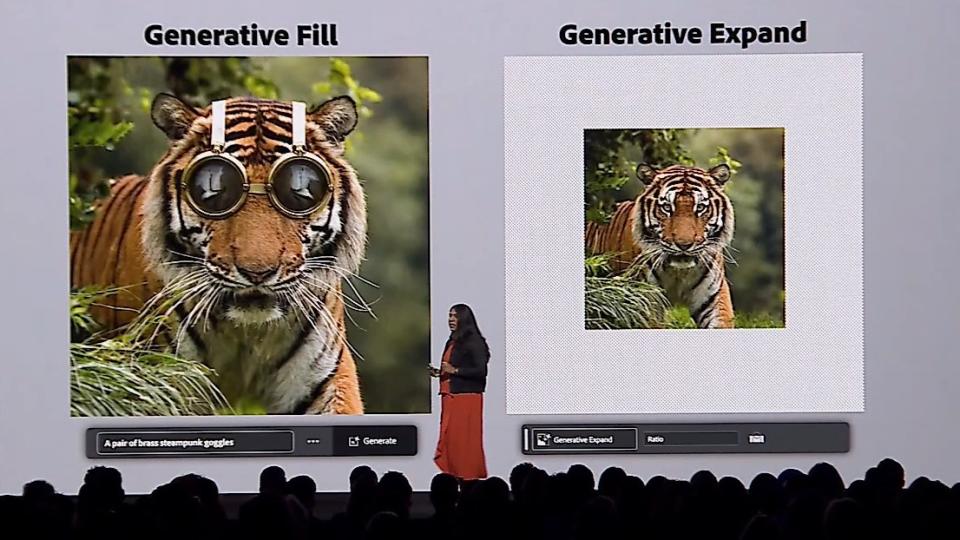
"We've been doing AI for over a decade at Adobe, even before generative AI," she points out. "As part of that, we committed to developing AI in an ethical, responsible, accountable, and transparent way. Those principles will continue guiding us."
Unsettling times
Martinet isn't naive, though, and she acknowledges the future impact of generative AI is still unsettled across society. Both legal and ethical frameworks are still being established around issues like copyright, consent, and misinformation through tools like deep fakes.
"We're at the beginning of this new era and technology," she says. "There are implications we understand, and others we can't yet foresee until we're further down the line. It's a valid concern and important to have a dialogue around."
But she believes Adobe's role is to develop the technology responsibly and work with others to get it right. "Partnerships between technology companies, legal entities, creative communities, publishers and more will be key," she says. "We all have a shared responsibility to shepherd this in an ethical way that empowers rather than harms society."
While the next five years of Photoshop remain to be written, one thing is clear: the era of AI-powered creativity is no longer on the distant horizon. It has arrived in style, and is evolving at an accelerated pace. Adobe is embracing the possibilities while trying to get the ethical foundations right.
Whether that vision resonates with you or causes concern, there's no disputing it's full speed ahead. Time to buckle up, it could be a bumpy ride.

